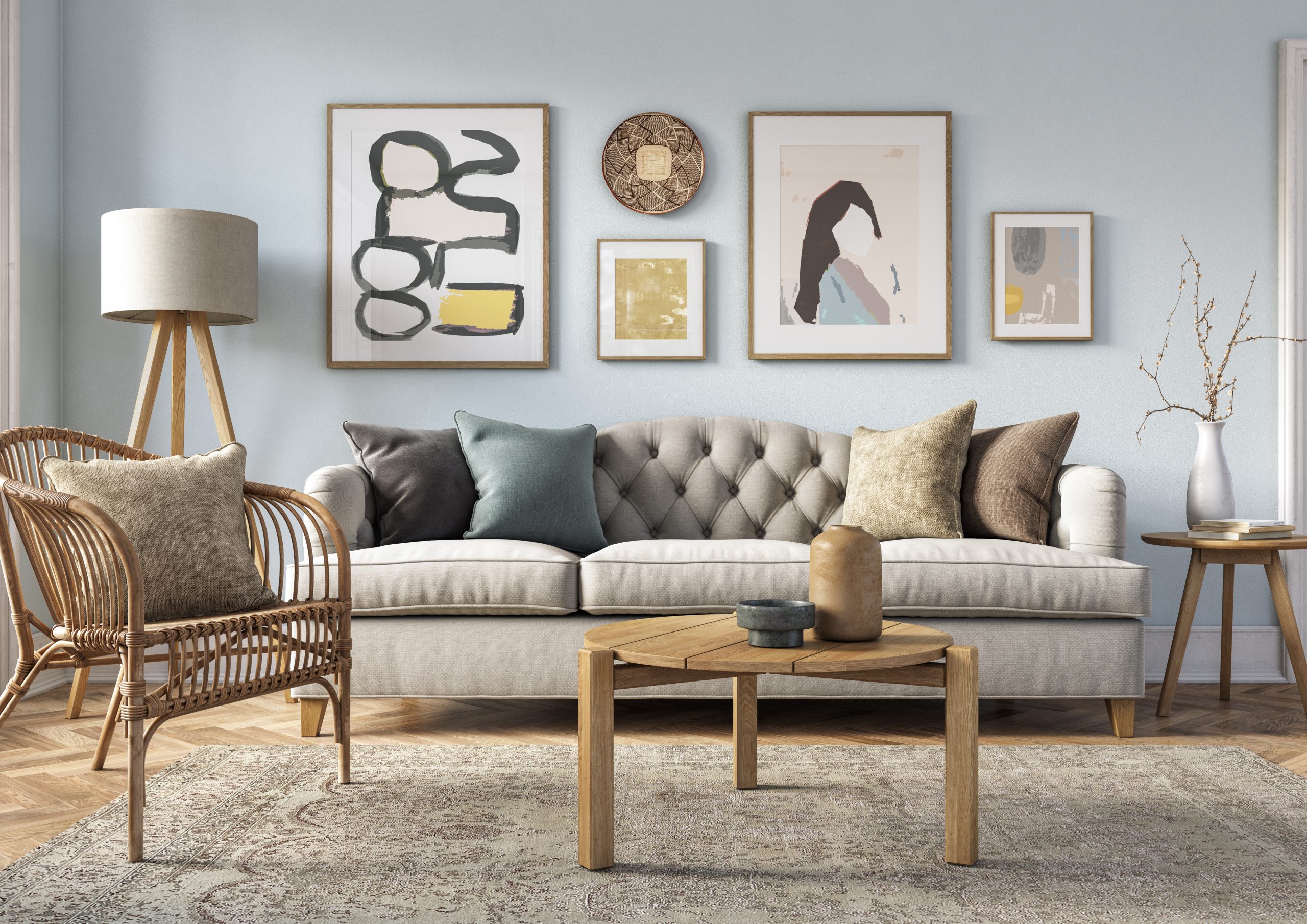
Just as a picture is worth a thousand words, so a picture can make the dullest house a home.
But before reaching for hammers and nails, consider where and how you’ll hang your favorite images.
For a start, pictures must be hung securely and be perfectly level as well as having the best possible location and placement.
Check also whether your home’s walls are drywall, plaster or brick.
The answers to all these points will help you choose the right hardware.
For brick walls, a drill with a masonry bit is usually needed although nails can do the trick as well.
Either way, nail or drill into the mortar between the bricks, rather than the bricks themselves.
Drywall and plaster walls are the easiest for picture hangers to work with.
For these walls, aim to have a wall stud finder on hand, especially if hanging heavy pictures weighing around 6kg or more.
At the same time – and for light-weight pictures in particular – don’t be too concerned if the preferred picture location is nowhere near a wall stud.
In fact, it’s likely this will be the case as studs are usually only 1½ inches thick.
When deciding where to hang your picture, details such as natural light should be considered as too much of this will quickly fade the colors in your image.
Ideally, pictures should also be placed at eye level or to be more precise, the middle of a picture should be around 57 to 60 inches from the floor.
At the same time, picture placement can also be based on nearby furniture design and layout, rather than simply set in the center of the wall.
Whichever spot is chosen, mark this place on the wall with a pencil before hammering.
Also use the pencil point and a spirit level to ensure the picture will sit perfectly straight.
A smart trick is to drive nails into the wall at a sharp angle of at least 45 degrees.
Screws are also better at holding pictures than nails.
For greater stability and strength, especially for larger, heavier pictures, hang the item with wire, via two “D-rings” or similar, set at opposite sides of the frame.
